PIRM-2018
THE PIRM CHALLENGE ON PERCEPTUAL SUPER RESOLUTION
PART OF THE PIRM WORKSHOP AT ECCV 2018
Single-image super-resolution has gained much attention in recent years. The appearance of deep neural-net based methods and the great advancement in generative modeling (e.g. GANs) has facilitated a major performance leap. One of the ultimate goals in super-resolution is to produce outputs with high visual quality, as perceived by human observers. However, many works have observed a fundamental disagreement between this recent leap in performance, as quantified by common evaluation metrics (PSNR, SSIM), and the subjective evaluation of human observers (reported e.g. in the SRGAN and EnhanceNet papers).
Reference: PIRM Challenge Webpage
Progress && Important dates
Prior work:
-
Generate 1600 HR image dataset
-
F_perceptual score evaluation
-
Ma score, NIQE score, Perceptual score plots & evaluation
-
Approximator CNN-based Pytorch code -v1
- [x] 2 Convolution layers, 1 FC layer, regular ReLU
Score evaluation results
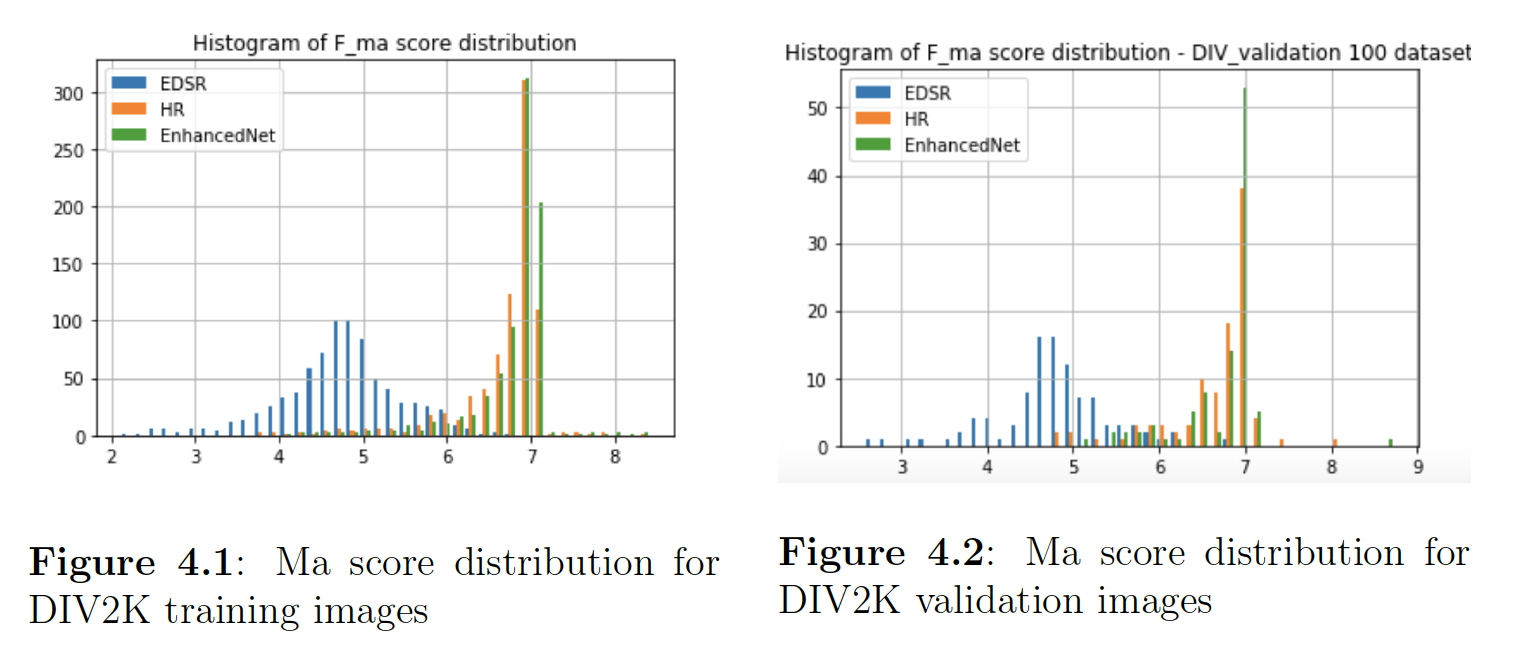
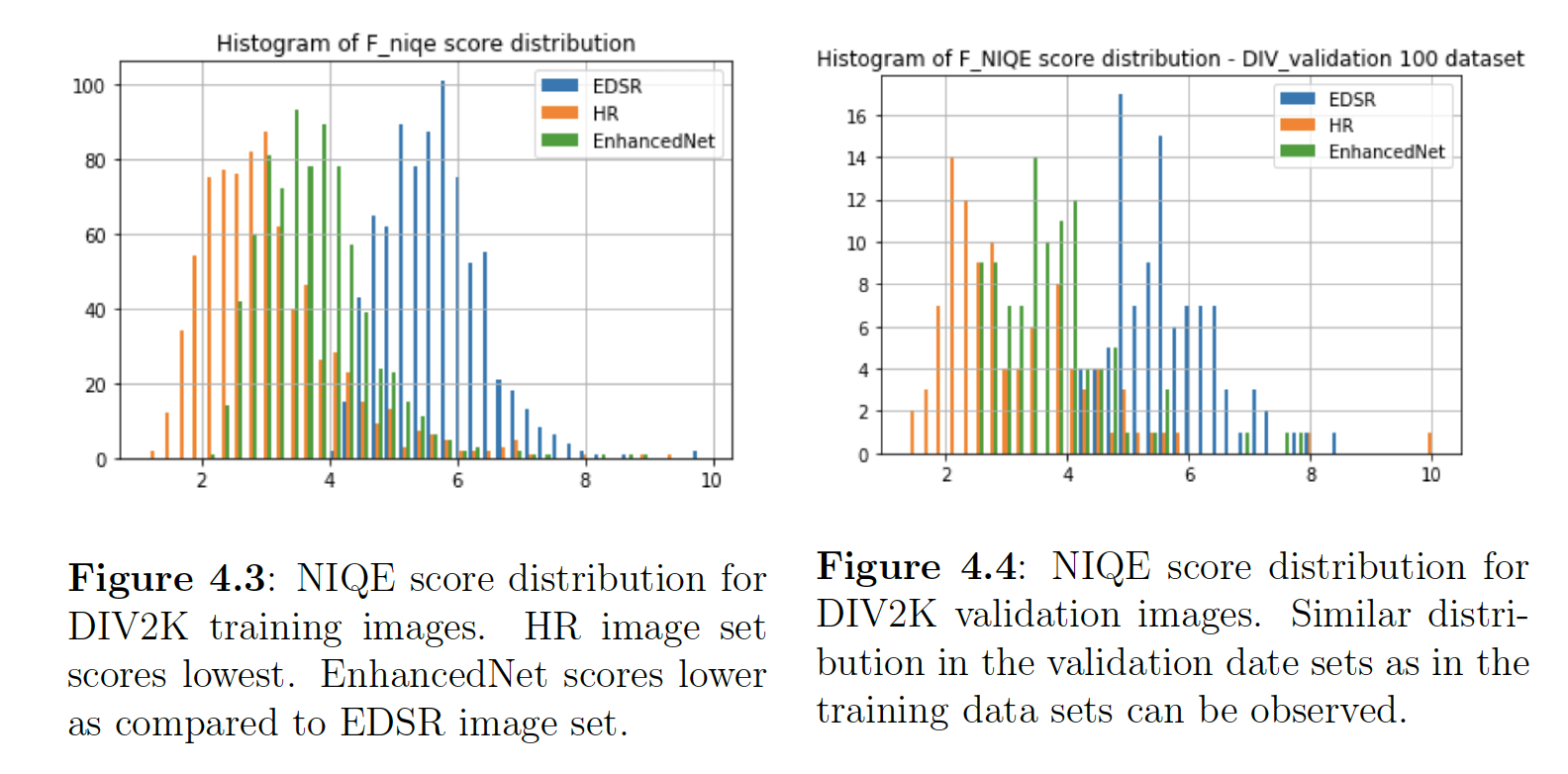
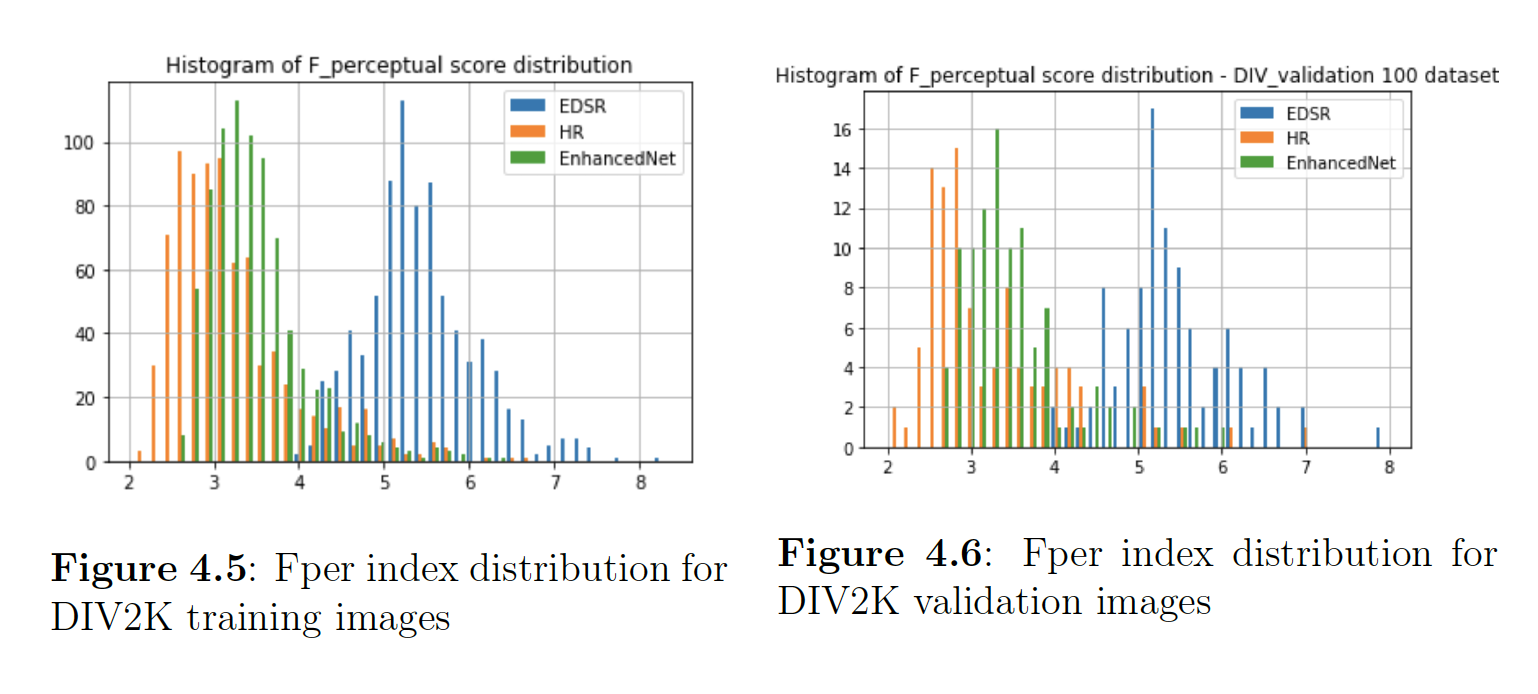
It can be observed from the histogram distribution that for Ma index alone, EnhancedNet and HR images follows similar distribution pattern. Both have higher score as compared to EDSR. For the NIQE index alone, HR images have generally lower score distribution.
1. Build Approximator
- Check training result
- [x] Continuous score - [x] Store training model
- save_state_dict()
- [ ] Store training model
- [x] chsh shell : /bin/bash
- modify ~/home/.profile file to set up env to be /bin/bash
- modify tmux.config file
Approximator training results
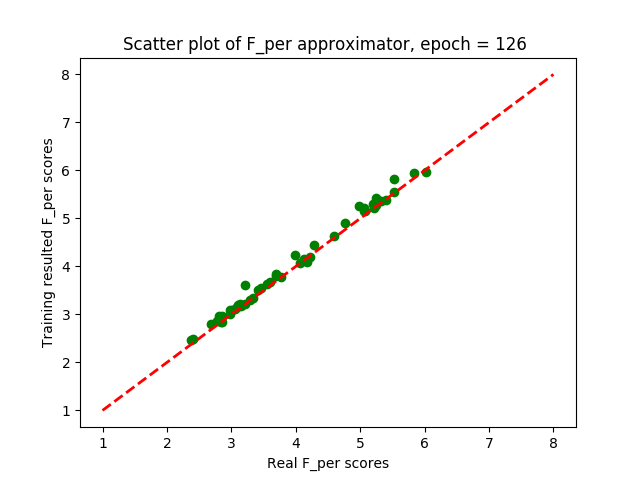
2. Prioity Run on GPU
- Required memory : 12 ~ 50 GB
3. Evaluate Approximator
- [x] Scattor plot for training result vs. original results
- [x] Scatter plot for testing result vs. original testing dataset score
4. Try out different Approximator structure
- [x] Write DataParallel for multiple Gpus
- [x] Try out baseline model with small dataset size
07/18 Wednesday:
Test data released
4. Model refine
5. Combine with GAN structure
- [x] Confirm loss function formula
- [x] Modify loss function to include both HR & LR datasets
- [x] Understand where is the regularization terms
- [x] Find out how to input the model
07/25 :
Submission Dealine
07/26 :
Fact-sheet submission
08/01:
Challenge results released
Code reconstruction
1. Re-write Dataloader()
- Combine if include sub-directories
- Solve the '0.png'
- Load batches
08/22:
Paper submission deadline
Priliminary results
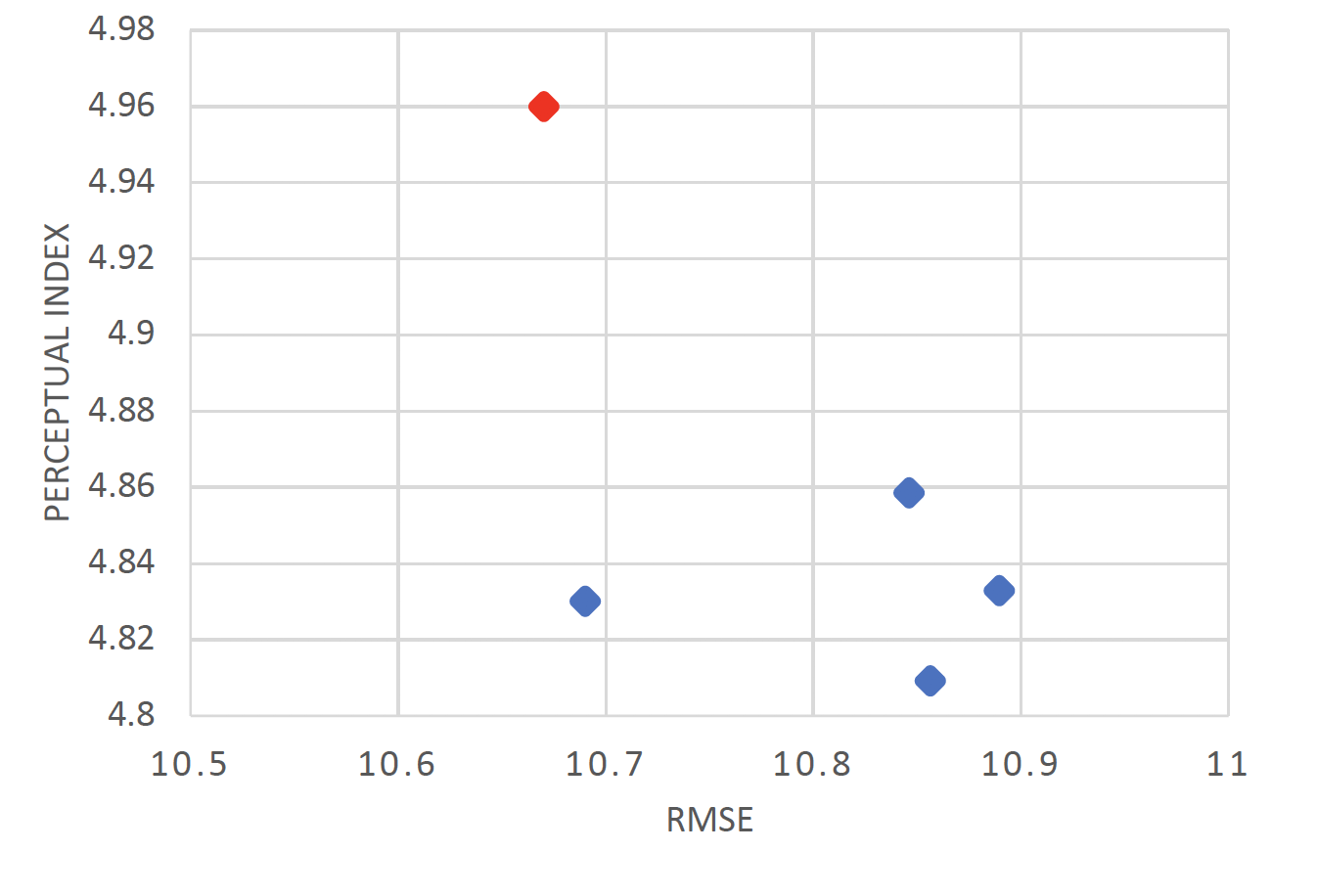
Model results of the proposed objective function with different weighted combinations. The red point is the StoA EDSR+ result. Better perceptual score is achieved while loosing RMSE precision quality slightly.
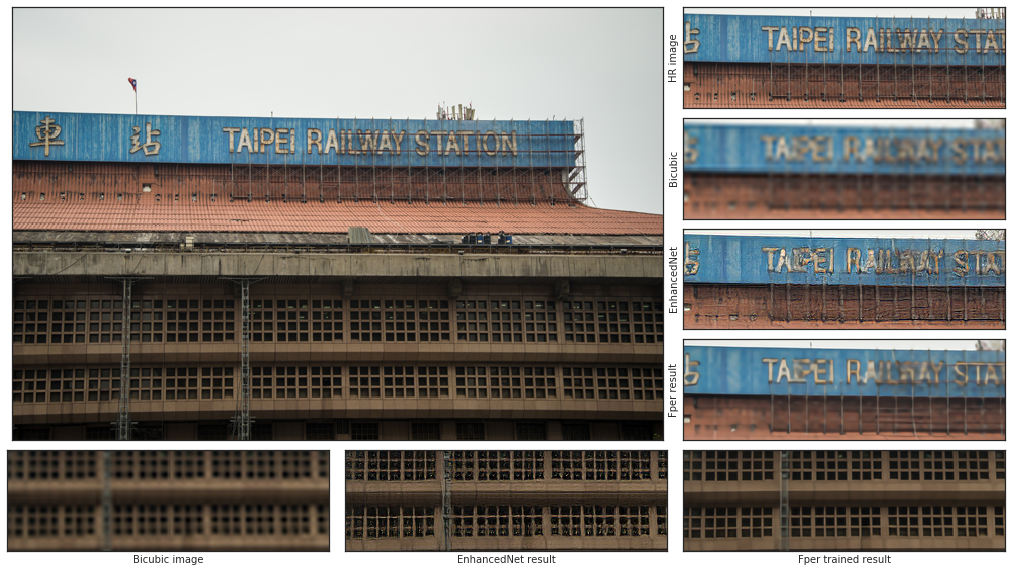
Sample result of PRIM dataset generated from different algorithms. Obvious artifact can be observed in EnhancedNet result. EDSR model resumes training the Fper objective function does not introduce artifacts. Image source: PIRM100 3.png
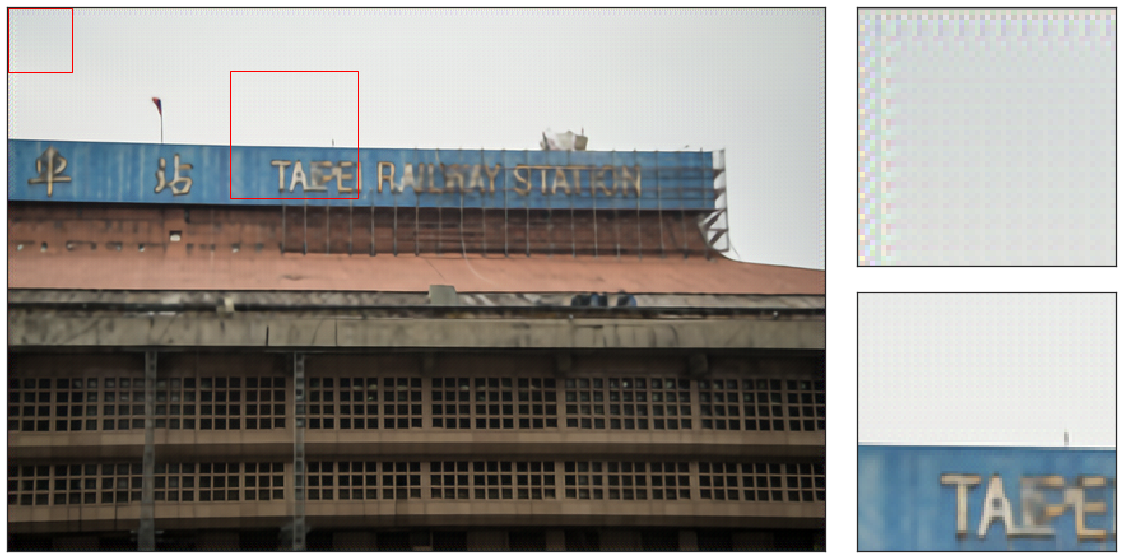
Artifact generated when set Fper weight to be large, here weight = 10. Artifact does not appear when the weight is smaller. Image source: PIRM100 3.png
Reference Listing
- Intuitive explanation of CNN
- [ ] Dehazing Paper - 2018 CVPR-NTIRE workshop
- [ ] New Techniques for Preserving Global Structure and Denoising in SISR - Duke Prediction Lab 2018 CVPR-NTIRE workshop
- Consult authors about trickes that can be applied generally